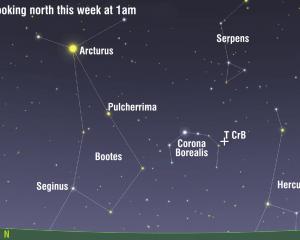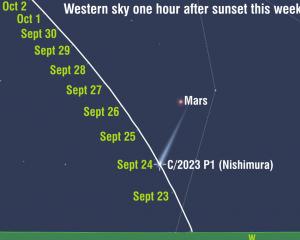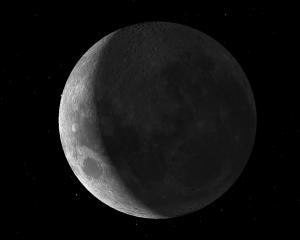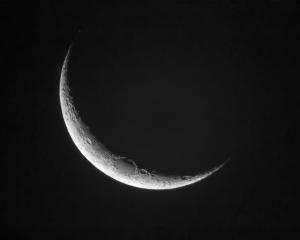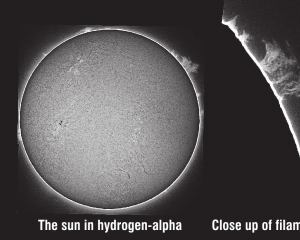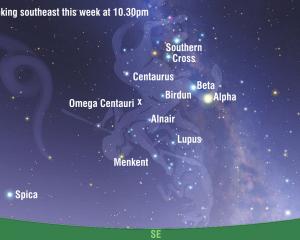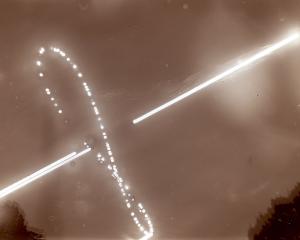
At 8.02am on Saturday, the centre of the sun crosses the celestial equator heading south.
This marks the exact moment of the spring equinox, which means on Saturday, all over our home planet, day and night are approximately the same length.
For stargazers it also means disappointment; from now right through until March 21, 2018, days are longer than nights, so we need to pack as much astronomy as we can into the shorter nights of spring and summer.
Weather permitting this week, on the eve of the equinox, I am hoping stargazers across Otago put aside a little bit of time to enjoy a beautiful sight. That's because on September 22, a thin crescent moon will pass fairly close to Jupiter low in the western sky after sunset.
To stand the best chance of witnessing this enchanting celestial close encounter, you will need to find a spot with an unobscured view to the west.
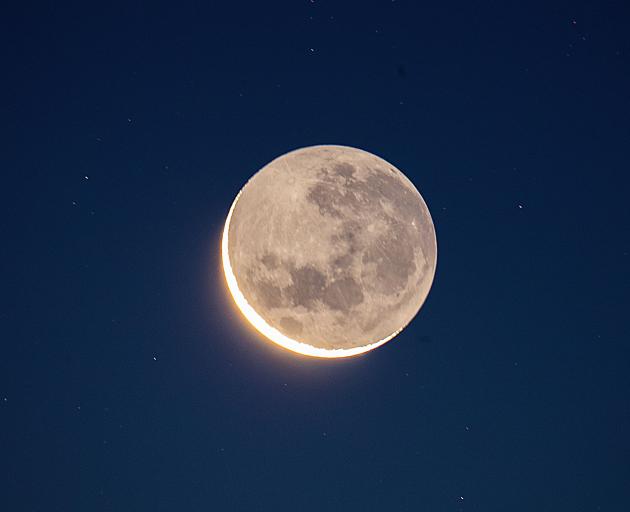
With the sun setting at about 6.30pm, you will need to make sure to be at your chosen observing location by 7.30pm, just as the sky is starting to properly darken.
As our chart shows, by 7.45pm the waxing crescent moon, which will be just under 5% illuminated, stands 7 degrees above the western horizon. This is not very far (it's roughly the same angle as your three middle fingers held at arm's length).
As the sky darkens, the moon will slowly move towards the horizon, setting just after 8.30pm.
The thin crescent might be hard to make out if the sky is not quite dark, so if you do have problems finding it, you can use the planet Jupiter as a guide.
Jupiter should be easily visible as a bright "star'' in the western sky; once you find it, the moon will be roughly four degrees below and to the right of the planet in the five o'clock position.
If you have access to a camera, this close approach should make for some very pretty pictures; longer exposures should easily capture "earthshine'' as well as the slim lunar crescent.

